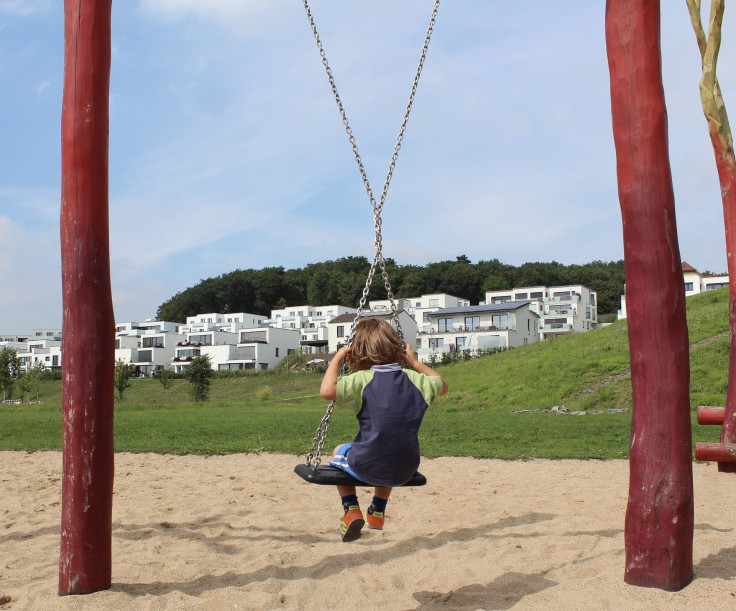Autism And Anxiety Symptoms: How They Differ; New Test Helps Identify Symptoms In Children
Researchers are trying to identify and treat anxiety in children with autism, fighting against a developmental disorder that often masks the symptoms of mental illness.
According to a study in the Journal of Clinical Child and Adolescent Psychology, autism spectrum disorder and anxiety often show themselves in similar ways, causing social avoidance or fear of change, so diagnosing anxiety is “inherently challenging.” But Drexel University researchers developed a method to properly identify anxiety disorders that the study says has proven effective after being tested in several dozen autistic kids between ages 8 and 13 who had not previously been diagnosed with anxiety. The new method differentiates between coexisting anxiety disorders and “overlapping and ambiguous anxiety-like symptoms” in autism, offering a more precise way to identify the mental illness.
Read: Autistic Brains Are More Symmetrical
One thing that makes the process so complicated is the internal nature of anxiety. “Anxiety is considered an internalizing symptom, in that it is mostly felt by the person inside their bodies and minds and is not always obvious to others,” Drexel assistant research professor Connor Kerns said in a statement from the university. “For example, a child may avoid a social situation because they are not socially motivated — a symptom of autism spectrum disorder — or because they are afraid of being socially rejected — a symptom of anxiety.” Communication is another problem: People with autism often have difficulty expressing themselves, but caretakers like parents may not be able to distinguish between anxiety and autism symptoms.

But the assessment tool Kerns and her team created, the Autism Spectrum Addendum, to add to the current anxiety diagnostic system, asks questions specifically geared toward discerning between the two. As the results of the patients’ diagnoses held up after they were analyzed with other existing assessment tools, the university said the new method will be a crucial tool in relieving anxiety in these patients.
“Treating anxiety is important in autism spectrum disorder because anxiety is associated with significantly more impairment for the child and their family,” Kerns said. “That can include more stress, more self-injurious behavior and depression, and more social difficulties and physical ailments.” When children with autism experience anxiety, she said, it could make it harder for them to cope with or overcome life’s challenges or pursue activities that are crucial to development. “Put another way, when your anxiety is high, you are focusing on surviving rather than living, and this has real consequences on your mental, emotional and physical health.”
Source: Kerns CM, Renno P, Kendall PC, Wood JJ and Storch EA. Anxiety Disorders Interview Schedule–Autism Addendum: Reliability and Validity in Children With Autism Spectrum Disorder. Journal of Clinical Child and Adolescent Psychology. 2016.
See also:
Published by Medicaldaily.com



























